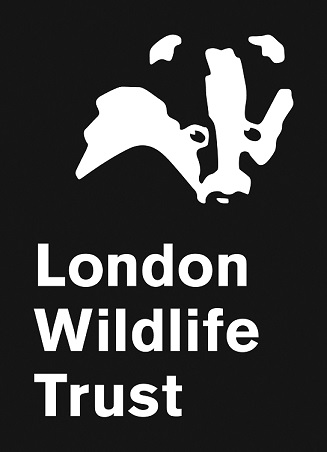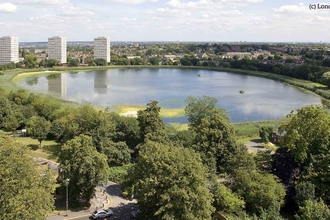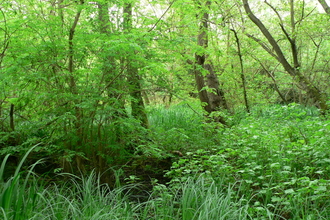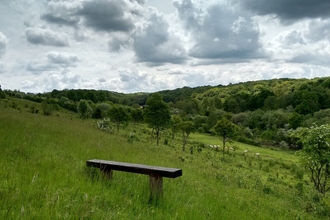
Hawthorn
Photo credit: Eve Edwards
The first sights of spring bring a joyful splash of colour and life to the gloomy landscape of the colder months. We welcome these signs of new life and the message they bring, that warmer weather and longer days are just around the corner.
First flowers
Appearing from January to March, the white displays of snowdrops lead the charge from winter into spring. As we get closer to spring, snowdrops are joined by the bright yellows of lesser celandine, colt’s-foot and daffodils. These first flowers provide valuable sources of nectar for pollinators emerging from hibernation, as well as other early insects.
Catkins, tree buds and leaves
The sights of spring aren’t limited to the ground either, look up into the trees and you can spot signs of new life blooming above as well. Changes in the canopies begin with the familiar appearance of catkins dangling from hazel and alder trees.
Catkins allow trees to reproduce via the wind rather than insect pollinators (of which there are fewer around early in the year). Their long, slim structures blow easily in the wind, allowing pollen from the male flowers to reach the female flowers.
As the catkins are reproducing and the warming weather stimulates growth, tree buds swell, eventually bursting into fresh green leaves which begin to fill out the canopy. Look out for hawthorn, elder, alder and ash as some of our earliest trees to come into leaf.
Bird courtship rituals and nest building
The courtship rituals of birds are a sure sign that spring is on its way! These displays are key parts of the bird breeding season, a chance for birds to advertise their quality and thus attract a mate. Courtship can vary greatly between species, but the prize for the most spectacular display surely goes to the great crested grebe, whose elaborate ‘weed dance’ is a magical sight on London’s wetlands!
When the time for comes for building a nest, robins and blackbirds are some of the first garden birds to start. Out on our wetlands, grey herons begin as early February, nesting in large colonies with other herons called ‘heronries’. Birds collect all sorts of materials to build their nests, from leaves and twigs to grass and feathers. Keep an eye on the skies in spring, and you might be lucky enough to spot a bird carrying nest material in its beak!
Return of migrating birds
With spring we see arrival of our migrant bird species, many of which travel incredible distances each spring to breed in the UK. Some of our earliest migrants begin arriving in March, and this migration continues throughout April into May.
Our regular birders welcome back the familiar faces of sand martins, swifts and swallows, who have been absent over the colder months. And for those who are new to birdwatching this spring, now is an exciting time - you might just see a bird you’ve never seen before for the first time!











